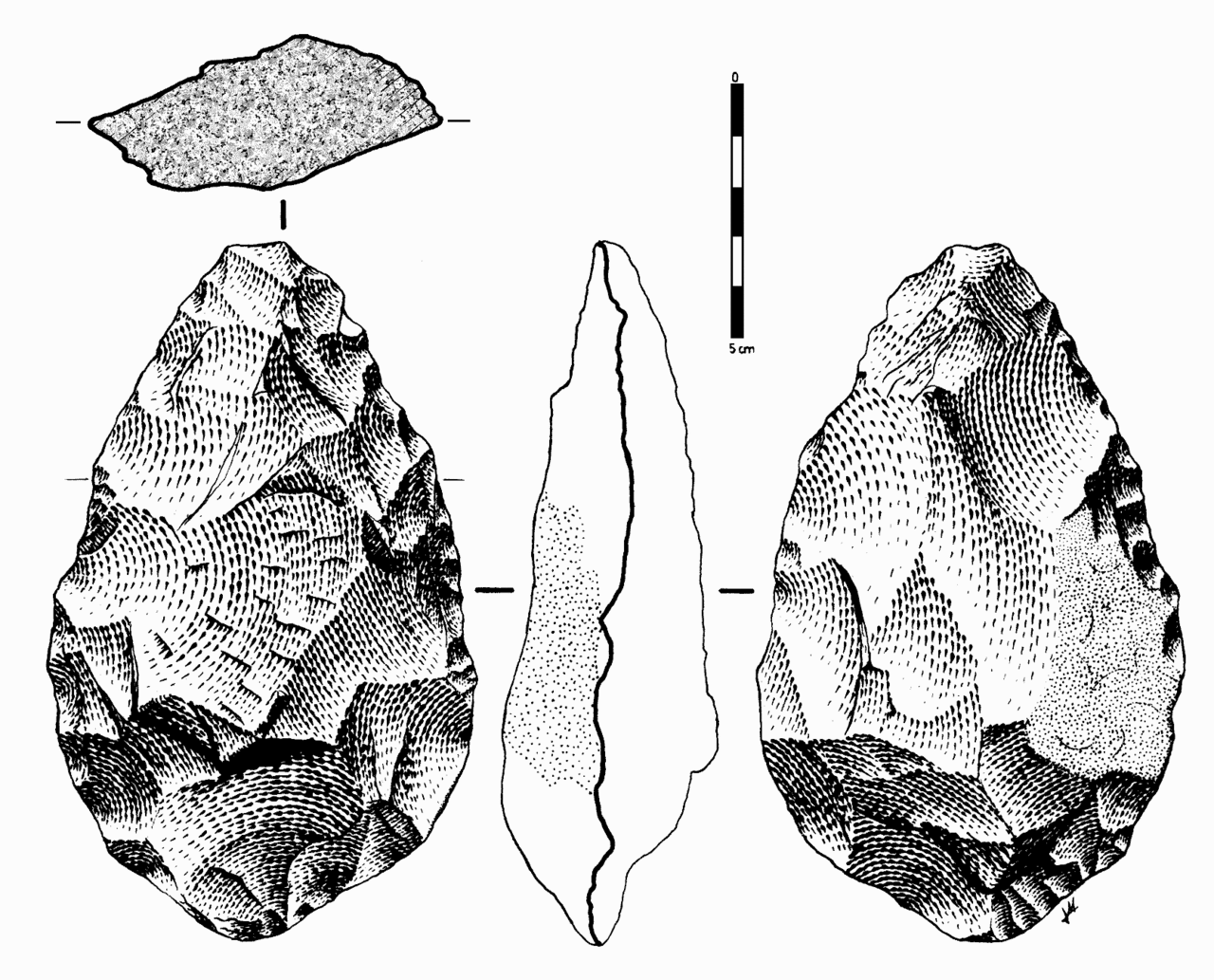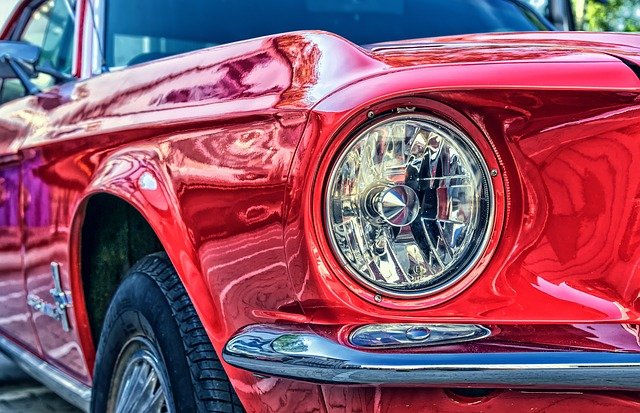Customizing, or the act of modifying or personalizing a product or space to better suit an individual's tastes and needs, has a long and varied history. From ancient civilizations to modern day, people have been finding ways to put their own unique stamp on the things they own and use.
One of the earliest examples of customizing can be found in ancient civilizations such as Egypt and Rome, where people would decorate their homes and clothing with intricate designs and patterns. In ancient Rome, for example, people would often have their clothing and jewelry adorned with intricate patterns and designs to show off their wealth and status. This tradition of personalizing clothing and other possessions has continued throughout the centuries, with people today still finding ways to make their clothing and accessories unique and reflective of their personal style.
Another way that people have customized their possessions throughout history is by adding functional modifications. For example, in the Middle Ages, knights would often have their armor and weapons customized to better suit their needs and preferences. This could include adding extra padding or attaching special features to improve the armor's performance. Similarly, people today might customize their cars by adding aftermarket parts or upgrading the engine to increase performance.
In more recent times, the rise of mass production and the availability of affordable, ready-made products has made it easier for people to customize their possessions. Today, there are countless options for customizing everything from clothing and accessories to home decor and even gadgets and electronics. People can choose from a wide variety of colors, patterns, and styles to create something that is truly unique to them.
In addition to personal customization, businesses and organizations have also embraced the practice of customizing products and spaces to better meet the needs of their customers or employees. This can include everything from customizing office furniture and layout to creating specialized products for specific industries or markets.
Overall, the history of customizing is a testament to the human desire to personalize and make things our own. Whether it's adding a special touch to our clothing or modifying a product to better suit our needs, customizing allows us to express our individuality and creativity, and will likely continue to be an important aspect of human culture for centuries to come.
The history of customs from the beginning to the present

In the Middle Ages and the Renaissance, scenery and costumes became increasingly important elements of stage plays. Creative Restyling With the Frank Kurtis and George DuVall restyled 1935 Ford based So Cali Plating truck in 1936, the style for the what we now consider Early Custom Style has been set… more or less. Many of these went to the famous movie actors and singers of the time. Who could create more streamlined and luxurious bodies that would set them apart from everything else on the roads. This beautiful 1937 convertible shows a chopped windshield, lowered convertible top, smooth hood sides, removed running boards with frame covers added, large rock shields on the rear fenders and low mounted headlights.
A Brief History of Custom Printed T

The other was concept-driven, in which the clothing captured a specific vision for a production. New hand made elements as grilles, bumpers, lower convertible or padded tops. Urwick, Elements of Administration London: Pitman, 1943 , p. DeBell, liked the custom touches George incorporated into his own cars and gave him an opportunity to do some creative design work at the company. The truck featured a home made cast V-windshield and hand shaped top.
History of customizing the 1911

Dan Post custom car materials are hard to come by — even after the box set was released in 2013. The other was concept-driven, in which costumes captured a vision that might not have connections to a known historical time and place. The car featured longer fade-away style front fenders, solid removable rear fenders, removed running boards, filled in rear quarter windows, smooth hood sides and heavily modified front. In subsequent research we learned that it was one of the first coachbuilt sports cars in America and was designed and built before the first magazine was printed in the postwar years. Combined with advancing digital technology available to gather data, the process of fitting quickly changed. Everyone in the audience understood what these characters stood for by looking at their costumes.
The History of Custom Fitting (and why it matters)

Ribbed bumpers, single bar flipper hubcap, teardrop shaped fenders. For the fitters themselves, carrying multiple brands could be cumbersome and hard to deal with. The lines on these cars were more suited for the restyling we consider Customizing. Pine, Mass Customization: The New Frontiers in Business Competition Boston: Harvard Business School Press, 1993 ; J. A commission by Lauren Bacall, who saw one of her Levi's outfits, launched her career.







